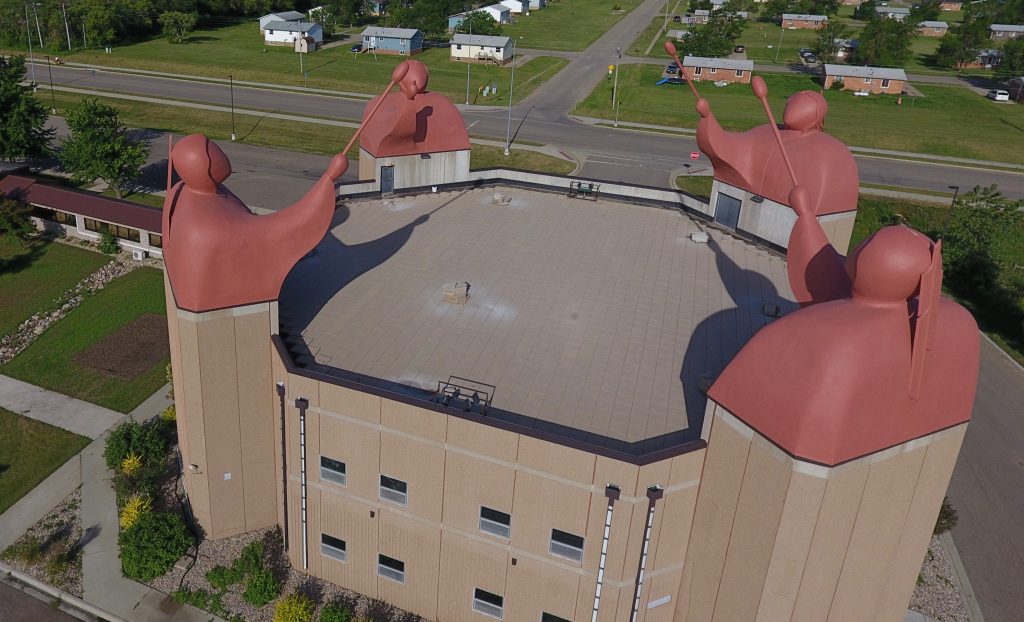Most tribal college IT departments are understaffed and rely on outdated equipment. However, there are cost effective ways to overcome cyberinfrastructure limitations, according to a recently completed study.
By Paul Boyer

Tribal colleges often rely on outdated computer equipment, and don’t always do enough to assure the security of their networks. However, most—though not all—colleges now enjoy “pretty good” internet connectivity on their campuses
These are among the findings of a two-year investigation of cyberinfrastructure capabilities within tribally controlled colleges, led by the American Indian Higher Education Consortium (AIHEC) with funding from the National Science Foundation. According to Al Kuslikis, a senior associate for strategic initiatives at AIHEC, the project’s goal was to document “current capabilities” in IT staffing, security, and networking as part of a larger and ongoing effort to “get colleges and students better plugged in.”
Kuslikis shared findings and recommendations during a September 1 virtual gathering of tribal college STEM faculty and administrators. Organized by Sisseton Wahpeton College, the event was part of an ongoing series of presentations held in lieu of a postponed gathering of institutions supported by the NSF’s Tribal Colleges and Universities Program (TCUP).
Through surveys and campus site visits, Kuslikis said the project yielded four key takeaways:
- Tribal colleges spend about half their IT budgets on staff, yet many institutions remain understaffed.
- While standard practice is to replace network equipment every three to five years, tribal colleges average over eight years between replacements.
- Over 20 percent of tribal colleges “cannot meet basic security requirements.”
- However, “connectivity is pretty good.” The average connection speed is 513 Mbps, though there is a wide gap between institutions, ranging from 2,000 Mbps to 10-15 Mbps.
Based on these findings, Kuslikis recommended that colleges broaden participation in IT governance by providing more input from faculty and students. Additionally, he proposed that colleges provide more opportunities for student employment and internships, which would both free up IT staff and provide opportunities for learning. Greater focus on risk management was also urged.
Additionally, Kuslikis stressed the value of collaboration among institutions and partnerships with CI “stakeholders,” such as the Northern Tier Network Consortium, Internet2, Open Science Grid, and HTCondor, an open source computing platform.
Kuslikis also discussed opportunities for cloud-based research computing, which allow students and faculty to “deploy experiments accessing HPC [high performance computing] environments with hundreds or thousands of high-end processors from any connection to the Internet.” Cloud-based research services include Microsoft Azure, Amazon Web Services, and the Google Cloud platform.
A pdf of the workshop’s PowerPoint presentation can be accessed here.
Paul Boyer is editor of Native Science Report.
